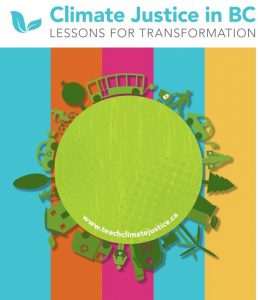After listening to Adam Gaudry speak to Rick Harp in Episode 135: What does Indigenization of Education Really Mean? from Media Ingenia I wanted to know learn more about his study.
Indigenization as inclusion, reconciliation, and decolonization: navigating the different visions for indigenizing the Canadian Academy is written by Adam Gaudry and Danielle Lorenz. Gaudry and Lorenz decided to conduct this research as they felt “Canadian post-secondary institutions are now struggling with how to ethically engage Indigenous communities and Indigenous knowledge systems” (p 218) due to the Truth and Reconciliation Commission Calls to Action. They conducting their research by “using an anonymous online survey that contained five open-ended questions” (p 219) to “Indigenous and non-Indigenous individuals who had taught Indigenous content within [their] professional and personal networks” (p 219). Since they used “convenience sampling” (p 219) this would allow them to have a close relationship with the participants therefore I assume the participants would be more likely to volunteer information but it also made for a small sample pool. I wonder how many Canadian academies they reached out to and were majority of the respondents from Western Canada or other areas within Canada? I also wonder if the results would change had the qualitative research been done within the United States or another area in the world?
Gaudry and Lorenz concluded the Canadian academy uses three different approaches for indigenization:
- Indigenous inclusion: “increase the number of Indigenous students, faculty, and staff” (p 225). The authors note that this policy “is a vital component of improving the experiences of Indigenous people on campus” (p 220) but it cannot be the end goal for indigenization as it is the most basic form (p 220) as the academy does not need to change its structure in any way.
- Reconciliation indigenization: “an attempt to alter the university’s structure, including educating Canadian faculty, staff, and students to change how they think about, and act toward indigenous people…[and is] an Indigenous-led process” (p. 222)
- Decolonial indigenization: “envisions the wholesale overhaul of the academy to fundamentally reorient knowledge production based on balanced power relations between Indigenous peoples and Canadians, transforming the academy into something dynamic and new” (p 226).
The article is an interesting read as I believe many universities do incorporate the first policy of Indigenous inclusion as it is the easiest one to incorporate. Some universities are moving towards the second policy but I do not know if any are anywhere near the third policy. But the respondents did stress the need to get to the third vision of indigenization for reconciliation to truly occur.
Gaudry, A., & Lorenz, D. (2018). Indigenization as inclusion, reconciliation, and decolonization: Navigating the different visions for indigenizing the canadian academy.AlterNative: An International Journal of Indigenous Peoples, 14(3), 218-227. doi:10.1177/1177180118785382
